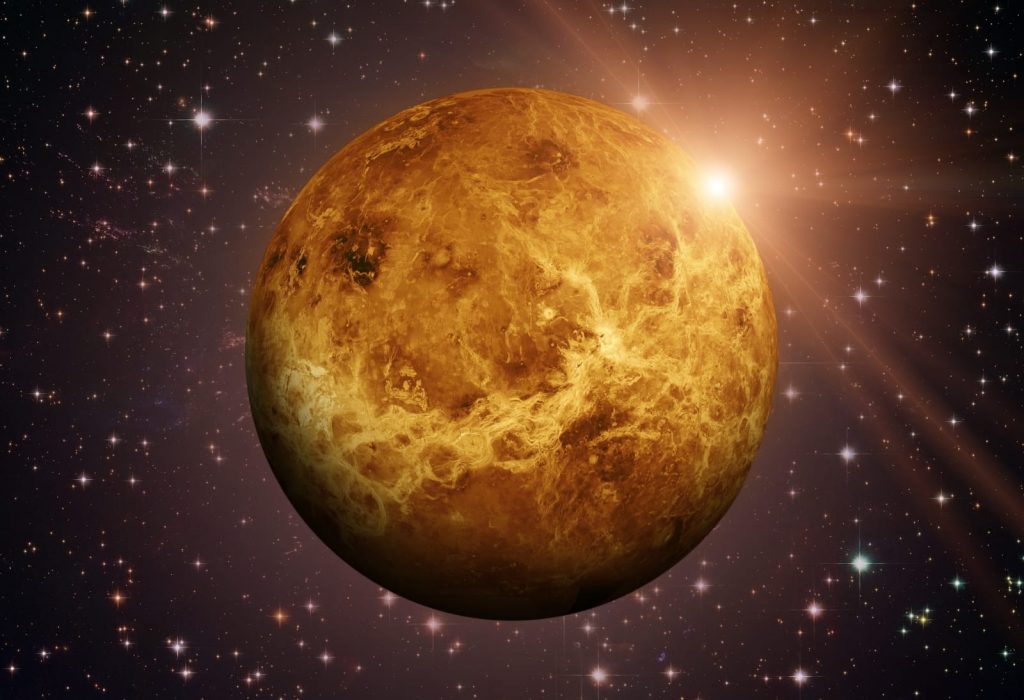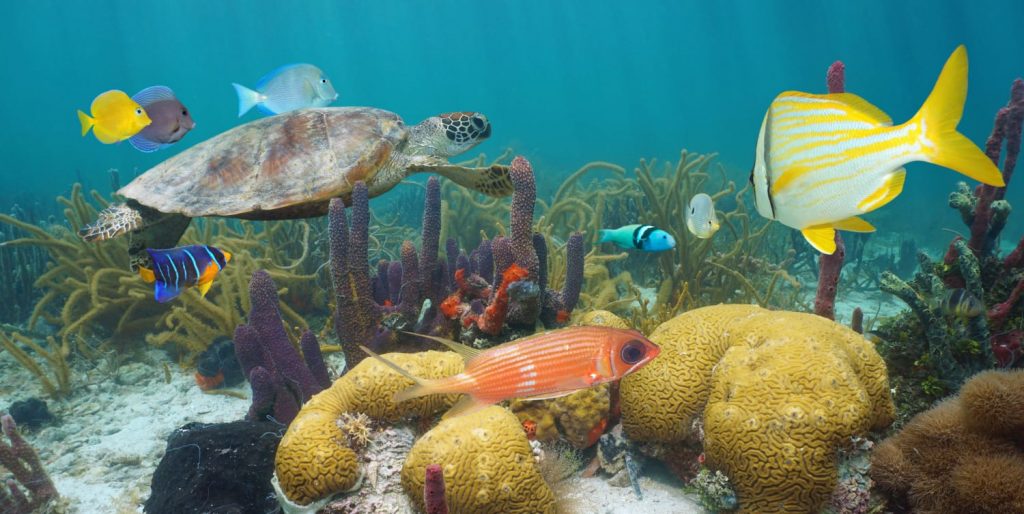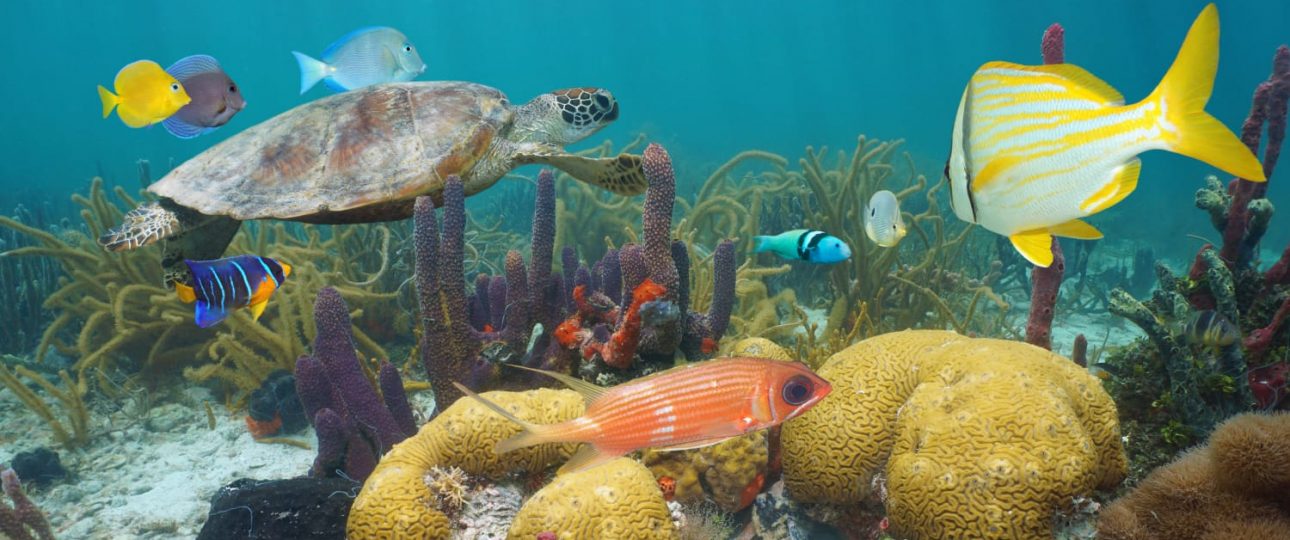Beach
After landing on and unpacking, you lie on and feel that healing sand and then you take that deep breath you had been looking forward to. You’re now there sensing the sea smell and walking barefoot on the beach by night and find it very relaxing and beneficial. Or, is it not wise to forget everything and escape from our everyday activities to take the stress out? Yes, it is, so, why don’t you pack up and come and live the Caribbean in Mexico?
Throughout the Caribbean travelers can enjoy splendorous soft-white sand beaches and turquoise seawaters, stepping on the sand feels as if your feet sank into the powder or flour, it is a very pleasant feeling. A sand barefoot walking is always an excellent exercise with a massaging, relaxing effect; to better enjoy such an activity (in case you’re not used to walking on sand this way, you must keep a slow or moderate pace). We see therefore that apart from adorning the coast, beach sand has indeed a positive effect on us, however, an important question arises: where does all that sand come from?
Mexico’s coral reef is part of the second largest barrier reef in the world, extending over 700 miles (1,126 km) after the Great Barrier reef in Northeastern Australia (over 1,200 miles in length (2,000 km)). Parrot fish (Scaridae) abounds in this Caribbean reef and can be considered as a key sand maker, why? This powerful jawed fish that features practically strong-unwearable back teeth, grinds and ingests triturated coral, which is a combination of shells and coral skeletons mainly formed by calcium carbonate (tiny coral polyps looking like a little bit of jelly each, secrete and gradually form limestone skeletons all around them). Just after this, all these meals are absorbed by it, getting the best out of them and evacuating the rest in the form of sand. A parrot fish produces on average 220 pounds of sand a year, based on researchers’ estimates.
Culture
Don’t lose out on the varied satisfying, rewarding Caribbean experiences in Mexico by getting involved in upbuilding activities such as journeying the interesting Maya sites full of history and astronomical concepts, enjoying the appetizing Yucatecan cuisine and interacting with the rich and exotic wild and sea life. What would you like to start with?
What can you enjoy when visiting the Maya sites located in the area? Well, it is noteworthy the cleverness in engineering shown by the ancient Maya in the distribution (strategical locations) and construction of their buildings and platforms which usually played astronomical clock and telescoping roles to skillfully calculate precise adjustments to the length of the solar year and extraordinarily accurate mappings of the lunar and planetary cycles such as Venus’.
*The planet Venus was known among the Yucatecan Mayas as Xux Ek, which means “Wasp star” (it was also called “the morning star” or the evening star” and “the descending god”). The ancient Maya on the grounds of deep observation and analysis set a period of 584 days as the required time that takes Venus to return to the same position relatively to the sun, such period is known as synodic revolution.
Interesting facts about the planet Venus

The total time Venus takes to be seen again from the earth in the same position with respect to the sun is actually nearly 583.92 days or over 19 months (Synodic period).
Its individual intervals run in a cycle of five synodical revolutions, ranging around from 580, 587, 583 and 587 days each, but any of these consecutive phases average around the same time span. Although the Maya called it a 584-day period, they were aware this figure was somewhat elevated.
During its synodic period, Venus goes through 4 spans:
- After the inferior conjunction, Venus becomes the morning star for about 260 days (according to Maya astronomy this planet was the morning star for 236 days)
- Venus disappears for 90 days during the superior conjunction based on both modern astronomy and the Maya one, being obscured by the sun.
- It reappears as the evening star for 240 days more (as respects Maya calculus the planet was the evening star for 250 days).
- It fades away again for 14 days during the inferior conjunction (in the Maya case, Venus is invisible only eight days before reappearing as the morning star).
Concerning this, the Mayas assigned slightly different values about these four phases of Venus, the total number of days will always be 584 for them though. It’s been proposed that these four phases were arbitrary set to match with lunations (lunar months) made up of 29 days, 12 hours, 44 minutes each.
Hence, attributing 584 days to a Venus period enlengthened it by 8/100 of a day.
How did Maya astronomers adjust the time spans given to the Venus calendar to make it match with their solar year?
Mayas were aware of this error and knew how to remove it. Among their major ceremonial periods were the time unit made up of five spans of Venus (5 * 584 = 2,920 days), since they had discovered that this length of time was equal to eight years of their calendar (8 * 365 = 2,920 days), such a coincidence was useful for them. By combining eight years of the earth and five of Venus provided a convenient period to make the Venus calendar fit in with the earth’s and their purposes at once.
Venus positions were relevant for the Maya because by means of them their rituals and raids in harmony with their beliefs in predestination and time cycling nature were set. War facts for example are related to Venus’ favorable positions especially as the morning star.
In the Maya cosmovision Venus was Hunapu, one of the hero twins and also, the planet might have been represented by the head of Itzamna, one of the main Maya gods in the Yucatan peninsula.
Sea life
It is very exciting plunging into the sea and exploring it for the first time or doing it for the 30th time because it is something you enjoy! Whatever the case, that’s a feeling that never wears off. Once you’re in, you meet impressive and even funny countless of sea creatures and suddenly stare at a coral reef full of life that takes your breath away! Therefore, it doesn’t matter if you’re down in out of pleasure or because you’re tracking sea life, but the fact is that getting immersed in marine life and reflecting on all these nature wonders always gets a smile out of people! Is that not what you want?! That’s why the depths of these Caribbean seawaters in Mexico are worth being not visited but appreciated!
Around Isla Mujeres
You can certainly enjoy those shallow-crystal clear seawaters in front of the west side of the island that can indeed drag you to swim and observe the rich underwater fauna and at the south of the island you can find the spot where marine turtles reproduction takes place.
Palancar barrier reef
It is located in front of Cozumel southeastern coast. Explored by Jacques Cousteau is the second in the world with a 3.10-mile (5-kilometer) length as well as a 70-meter depth visibility. This is one of the best spots to observe the other 200 ichthyological species such as angel fish, butterfly fish, damsel fish, eagle rays, filefish, giant lobsters, green and spotted moray eels, the typical toad fish and hawksbill turtles.
Introduction to Coral Barrier reef systems. (Just in case you need it.)

Corals are a limestone formation made by communities of animals called polyps (less than one inch (2.5 cm) in diameter. These ecosystems are relevant for our planet, why? They form our planet’s largest biological structures, for example the Australian Great Barrier Reef off the northeast coast of that country stretches 1,250 miles (2,010 km), whereas the Mesoamerican Barrier extends over 700 miles (1,126.54 km) from northeast Yucatan to Honduras. They are the equivalent of tropical rain forests teeming with an abundance of living forms.
Interesting features and facts of Barrier reefs:
- Corals can rise more than 30 feet (9 mts) from the ocean floor.
- Any shallow tropical water can be home for coral reefs where they can grow at a maximum depth of 200 feet (60 mts)
- Coral reefs thoroughly depend on a limited nutrient environment for their development. Their nutrition is supplied by the algae (zooxanthellae, a plant-like organism) which lives in the polyp’s transparent body and by microscopic animals that are seized in the coral’s tentacles. Algae produce oxygen and highly contributes to this ecosystem’s balance by dismissing waste and providing organic products of photosynthesis that are essential.
- Coral reefs are in reality a skeleton of limestone (calcium carbonate extracted from seawater) and the varied types of them construct their own skeletal shapes varying in size, shape and color. The polyps withdraw into their skeletons during the daytime making coral reefs look like stone.
- A coral can weigh several tones.
Mesoamerican Barrier Reef System species
Green turtle
Hawksbill turtle
Leatherback turtle
Loggerhead turtle
Sea turtle
Whale shark
Important features of the Mexican Caribbean Barrier Reef
Over 60 types of hard coral
Habitat for over 500 fish species
Along the shore, mangroves dampen the impact caused by hurricanes, providing at once habitat and food for fish and shore birds.


